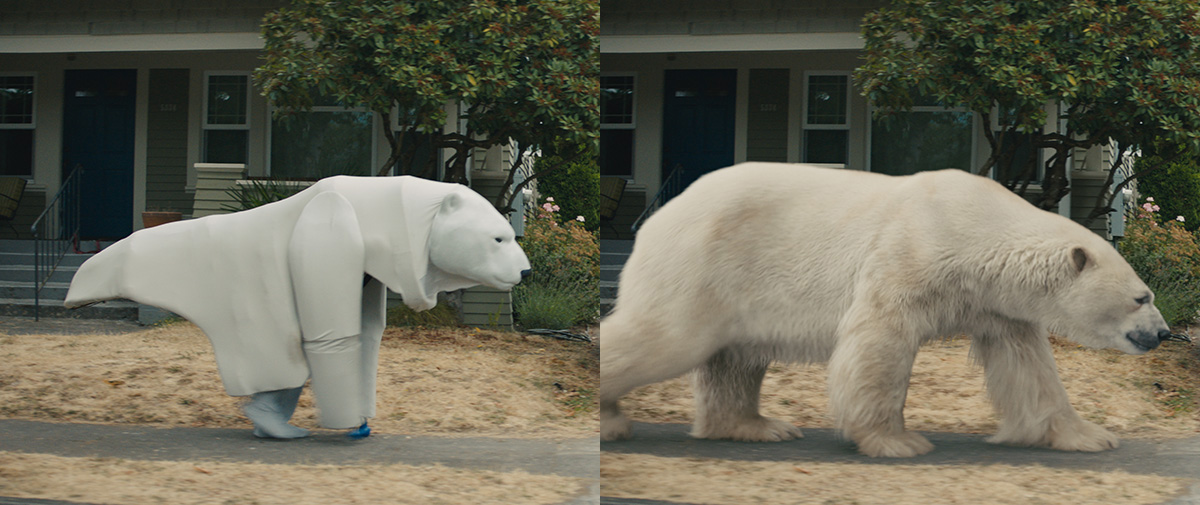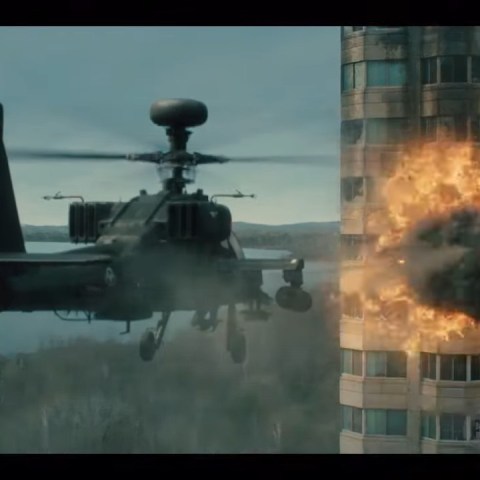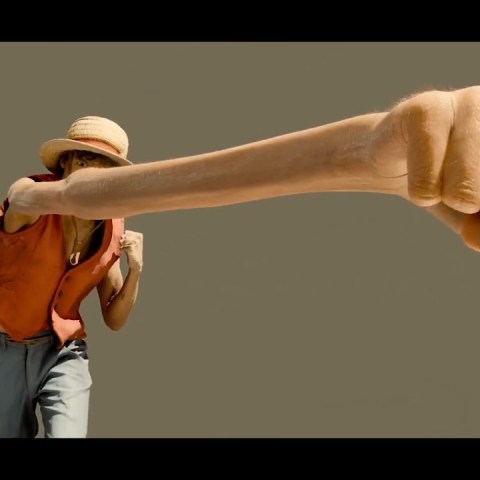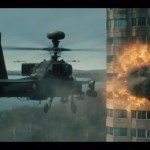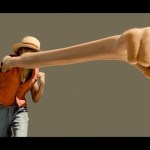Framestore’s CG polar bear postvis for ‘Timmy Failure: Mistakes Were Made’
Visualizing how a visual effect shot will eventually look can take a lot of steps. It, of course, starts with the script, then there might be concept art, then storyboards and previs, before any live-action is filmed.
After the shoot, a well-established step has become postvis, where rough animation and comps tend to be done to help the editorial process and, occasionally, for test audiences to review and react to.
This all tends to come before a VFX studio actually begins on the final visual effects work. Sometimes, however, a studio may be intimately involved in the postvis stage, as Framestore was for its CG polar bear in the Disney+ film, Timmy Failure: Mistakes Were Made.
How postvis worked
Production visual effects supervisor Rich McBride oversaw a shoot that involved a stand-in bear prop for scenes in which the character needed to interact with others, and to allow for appropriate framing for the large animal.
Dailies then came back to Framestore’s Montreal studio for postvis. Often, this step involves only rough models and rough animation, but in this case, Framestore ensured that its polar bear ‘Total’ model for postvis also included fur.
“The fur takes almost 30% more volume than the actual bear,” notes Framestore visual effects supervisor Nicolas Chevalier. “We designed a tool internally – dubbed ‘FRX proxy’ – to make sure that with the postvis, we had the ability to see what it was going to look like in our first pass of animation.”


The postvis was then provided back to editorial to populate their shots with a ‘good looking’ CG bear. It enabled the director, Tom McCarthy, to provide notes just as if Total was like any of the other actors. “He’d say things like,” relates Chevalier, “’OK, I want you to turn the head one second earlier to look here and make sure that you met the eyeline of Timmy.’”
Apart from the benefit of a more complete postvis for editorial and the director, Framestore’s involvement in the postvis also gave the team what Chevalier describes as a ‘legacy’. “When the animators went on to do the shots, they already knew what the character was involved in and what the intention was for each shot. It was a big plus for us.”
‘Two different projects’
Of course, by providing a fully-furred render of the polar bear for postvis, Framestore had to do some key early work on tracking the plates, roto, other plate prep and comp. And then, they had to do that in a more fulsome way again for the final shots.
“The thing is,” identifies Chevalier, “it’s almost like two different projects. When we do the postvis, we need tracking for sure, and animation, and we have some comp’ers doing a rough line-up to put the bear back in the plate.”


“Then all that work has to be re-done once they turnover the locked edit with HD plates,” continues Chevalier. “We don’t use any of the work that has already been done, because we need to go through our other process, which is, we get the plate, and we use the on-set Lidar that they provide. We do take the postvis and we do a ‘re-staging’ to make sure all the scales are OK and correct.”
It’s all part of helping to get the best story told and getting to a final polished result, a task that would ultimately involve intricate grooming and lookdev for Total’s fur and final lighting and rendering using Framestore’s new renderer freak.
“You have to treat the postvis as as a very basic setup,” concludes Chevalier. “Then you improve your animation and put all the final tweaks and make sure it looks as realistic as possible.”



